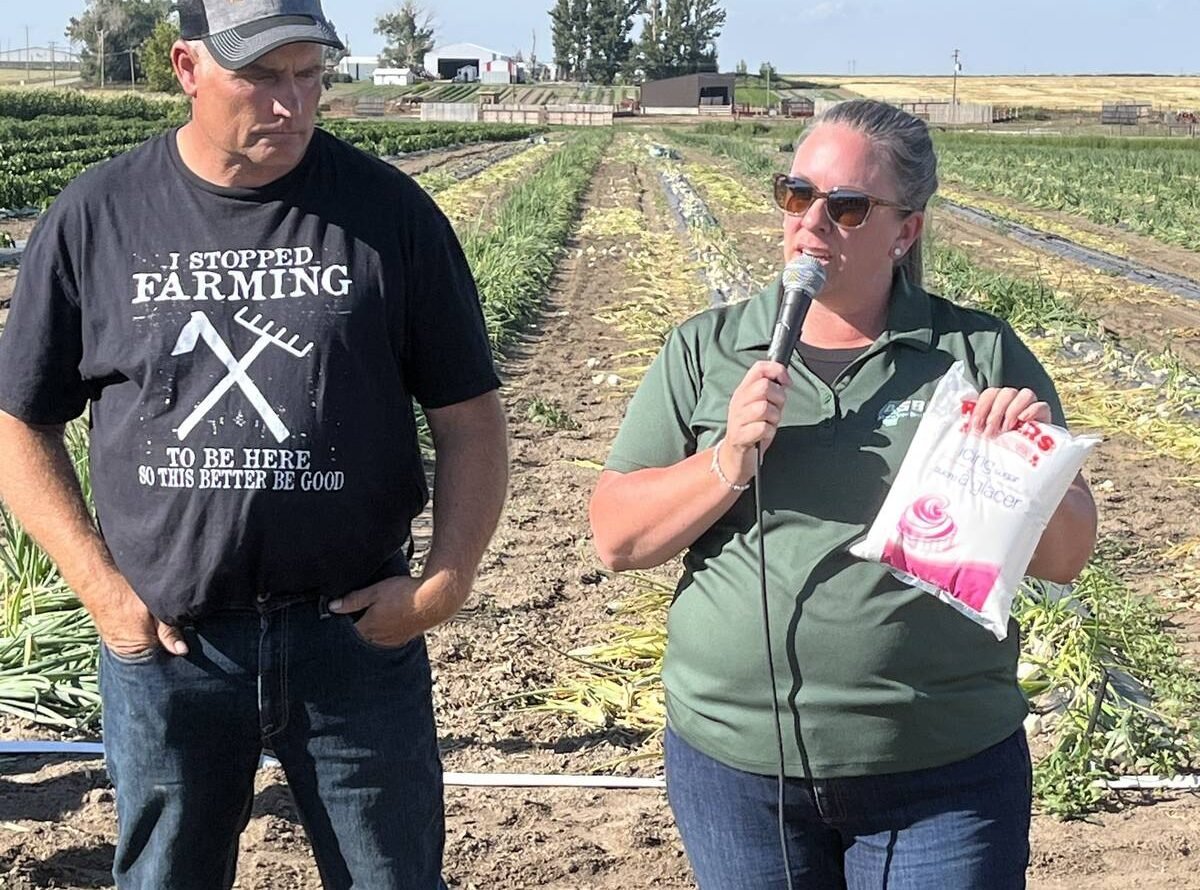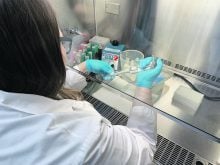The new genetic line includes winter wheat with high-fructan levels plus tolerance to salinity, cold
Plant breeders typically focus on one factor at a time. They might look for better resilience to harsh conditions, or for better nutritional values. Occasionally, a breeder does both.
Such is the case with a hardier more nutritious wheat that combines enhanced nutritional values along with increased resilience. The new wheat strain, developed by Cornell University, contains higher levels of a naturally occurring carbohydrate called fructans. High-fructan wheat provides benefits for growers and consumers, says Cornell plant scientist Lynn Veenstra.
“Wheat with increased fructan levels can be more climate-resilient in certain situations, such as high salinity or cold temperatures,” explained Veenstra.
Read Also

Alberta’s beets a sweet domestic segment in Canada’s sugar supply
The sugar beet industry is showcased during a Farm to Table tour, as Taber features the last remaining sugar beet processing plant in all of Canada.
Fructans are long chains of the sugar fructose. Unlike the fructose found in foods like high-fructose corn syrup, fructans cannot be digested by humans. This makes fructans a good source of soluble fibre. Consuming foods with higher fructan levels may promote healthy gut bacteria.
A large portion of our daily fructan intake comes from wheat products like bread, thus making higher fructan wheat an important goal. Bread baked with high-fructan flour would not need supplemental fibre from other sources.
But plant breeding is time-consuming and expensive. So researchers tested a relatively new breeding method that could reduce costs and save time compared to traditional methods.
Phenotyping, the traditional method of measuring crop characteristics, enables plant breeders to compare new and existing varieties of crops. For example, they can determine if newer varieties have higher or lower fructan levels. At the same time, they need to make sure other crop features, like yield or disease resistance, haven’t been reduced. But traditional phenotyping takes time.
Veenstra and colleagues tried a method called genomic selection. This breeding technique uses computer models of new varieties.
Genomic selection uses a relatively small “training” set of individual plants. Researchers combine phenotyping and genetic data from these training plants. They use this data to train a statistical model. Once trained, the statistical model can predict plant characteristics based solely on genetics. The computer model allows crop breeding without needing to collect data on observed characteristics in thousands of real plants. This saves many generations of growing out actual plants in plots or the greenhouse.
Genomic selection can allow breeders to save cost and time in two ways. First, the training set of plants is relatively small. That allows phenotyping to be concluded quickly. Second, genetic testing can be much quicker than measuring crop characteristics.
There are caveats to using genomic selection. Inbreeding can happen, for instance, which can reduce crop diversity. Reduced diversity can make crops susceptible to diseases.
In an email interview, Veenstra explained the inbreeding risk, “Genomic selection relies on phenotypic and genotypic information from one population to train a statistical model and select winning individuals in a population that only has genotypic data. There are several statistical models that can be utilized for genomic selection, which allows for the choice to consider inbreeding in the selection process. Risk of inbreeding can be reduced by selecting the safest computer model.
“Diversity loss is another issue. Reduced diversity can limit long-term gain from selection. Compared to populations with less diversity, breeding populations with greater levels of diversity have more potential to continue to reach goals and deliver successful improvements over existing varieties in the long run.”
Veenstra and her colleagues tested two different modes of genomic selection. They found that one method led to wheat with higher fructans while maintaining genomic diversity.
“I think this is the most important finding of this study. Genomic selection can be used for nutritional breeding.”
Researchers still need to know more about the fructans in the new wheat variety. They want to determine how stable these fructans are during food processing. For example, yeast degrades different fructans at different rates. That would impact how much fructan ends up in a loaf of bread.
“I believe wheat growers and consumers all stand to benefit from high-fructan wheat. For wheat growers, high-fructan varieties have the potential to withstand climatic stress. For consumers, high-fructan wheat products may have positive impacts on gut-health.
“I can tell you that Mark Sorrells, the small grains breeder here at Cornell University, is planning to grow some of the lines out.”















